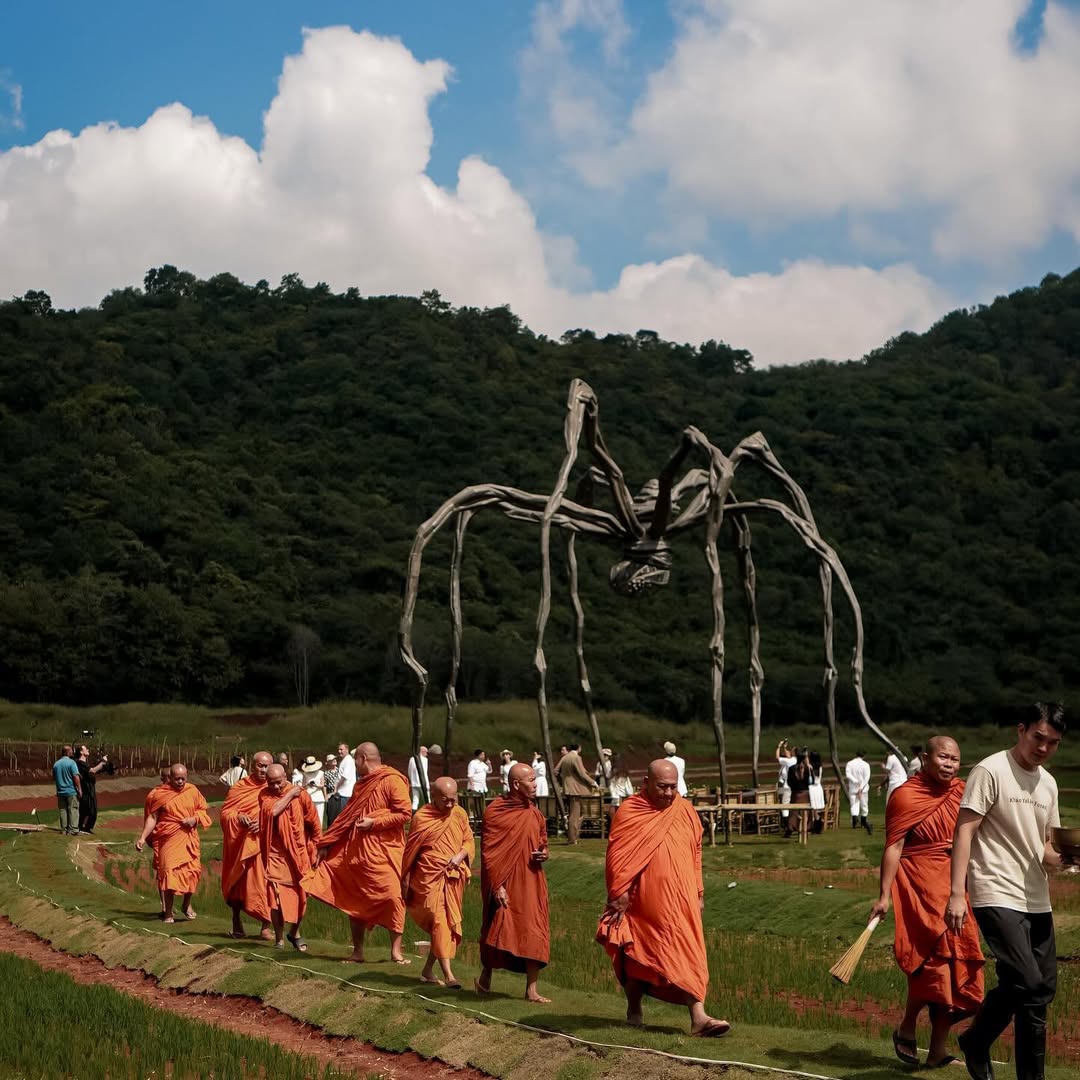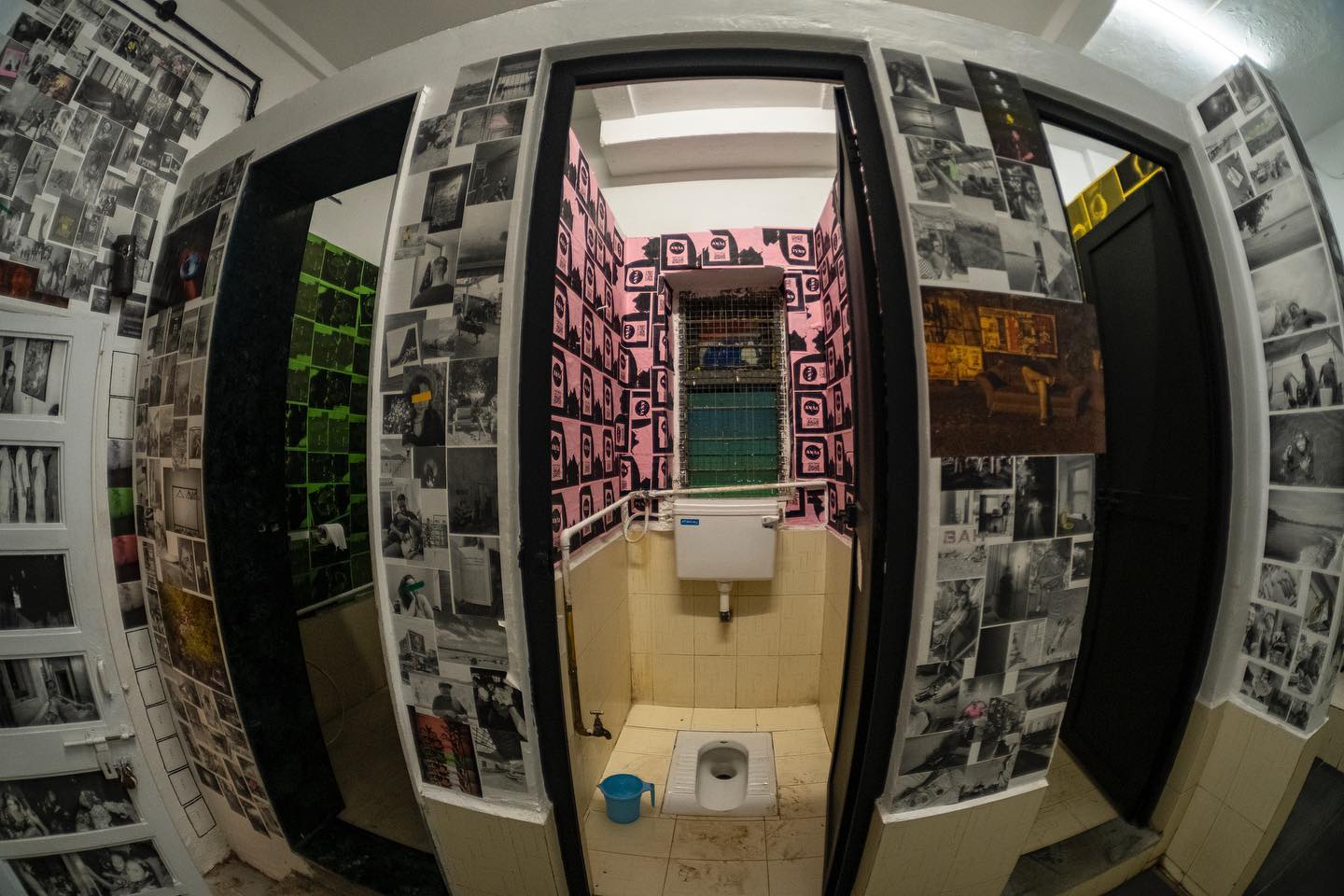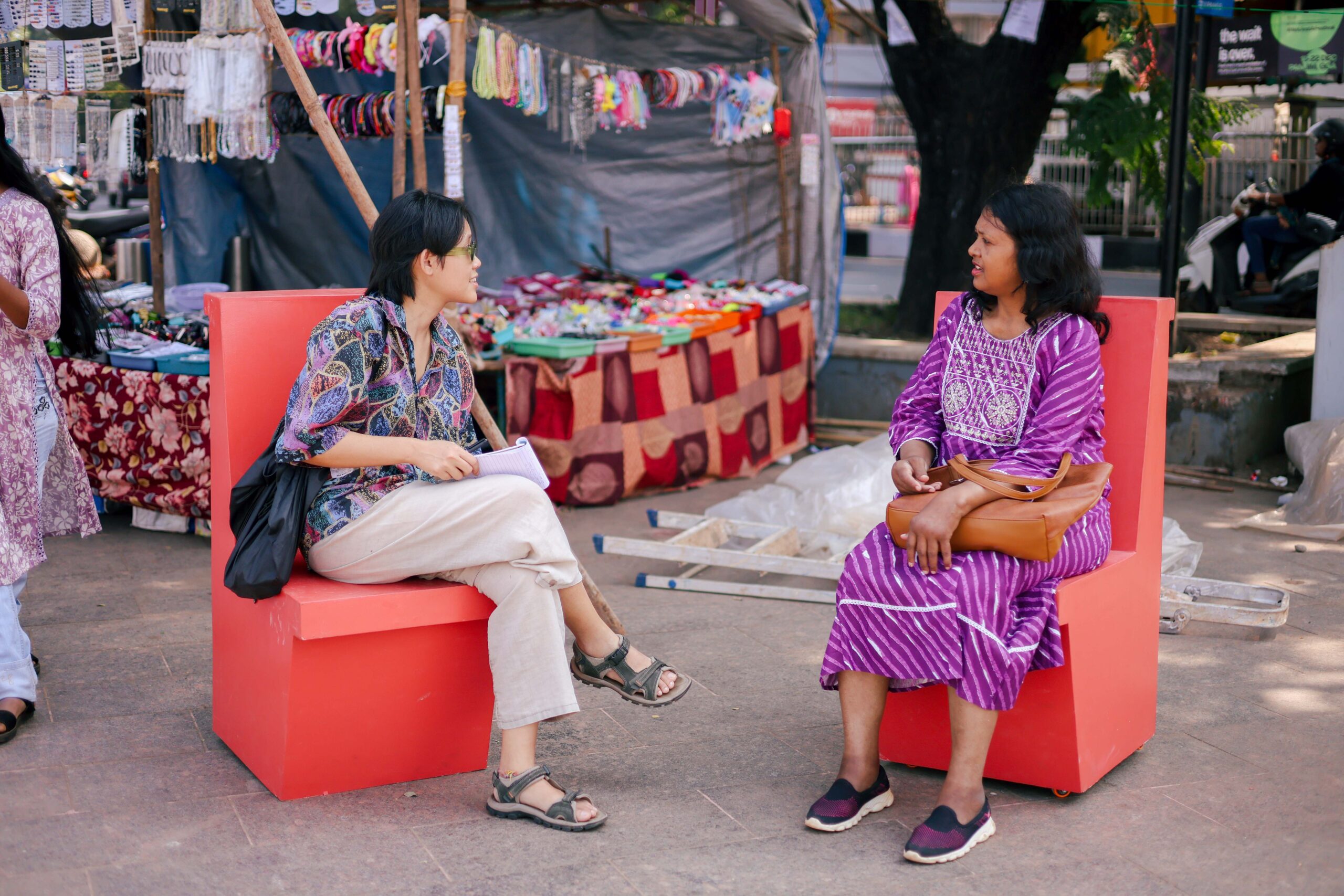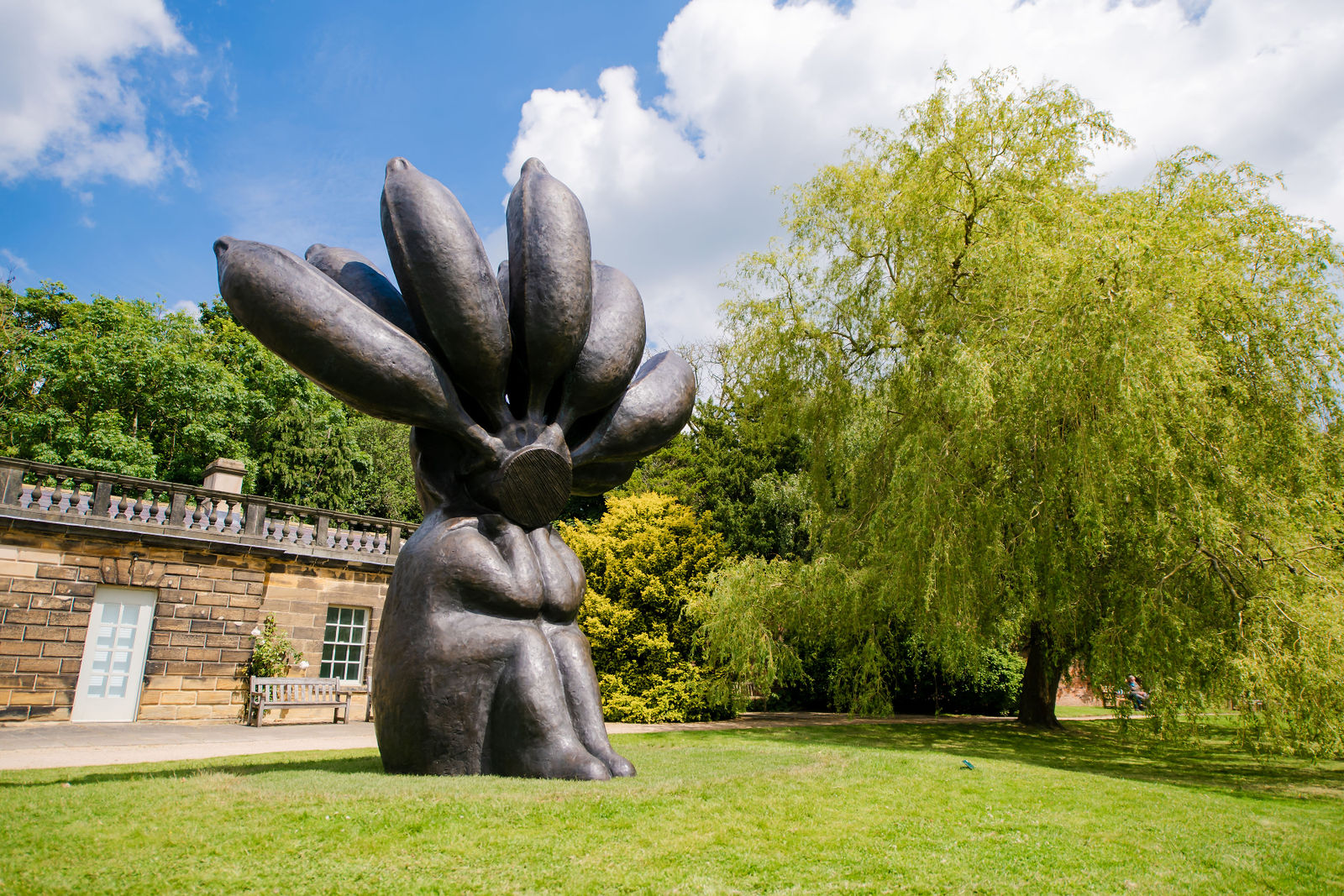Public art in South Asia is continuously evolving, embracing new technologies, social movements, and global conversations. As we enter 2025, we’re looking at a transformative year for public art in the region, with innovative trends already on the horizon. Here’s a breakdown of what’s coming, what’s growing, and how artists are pushing boundaries.
Redefining “Local” in South Asia
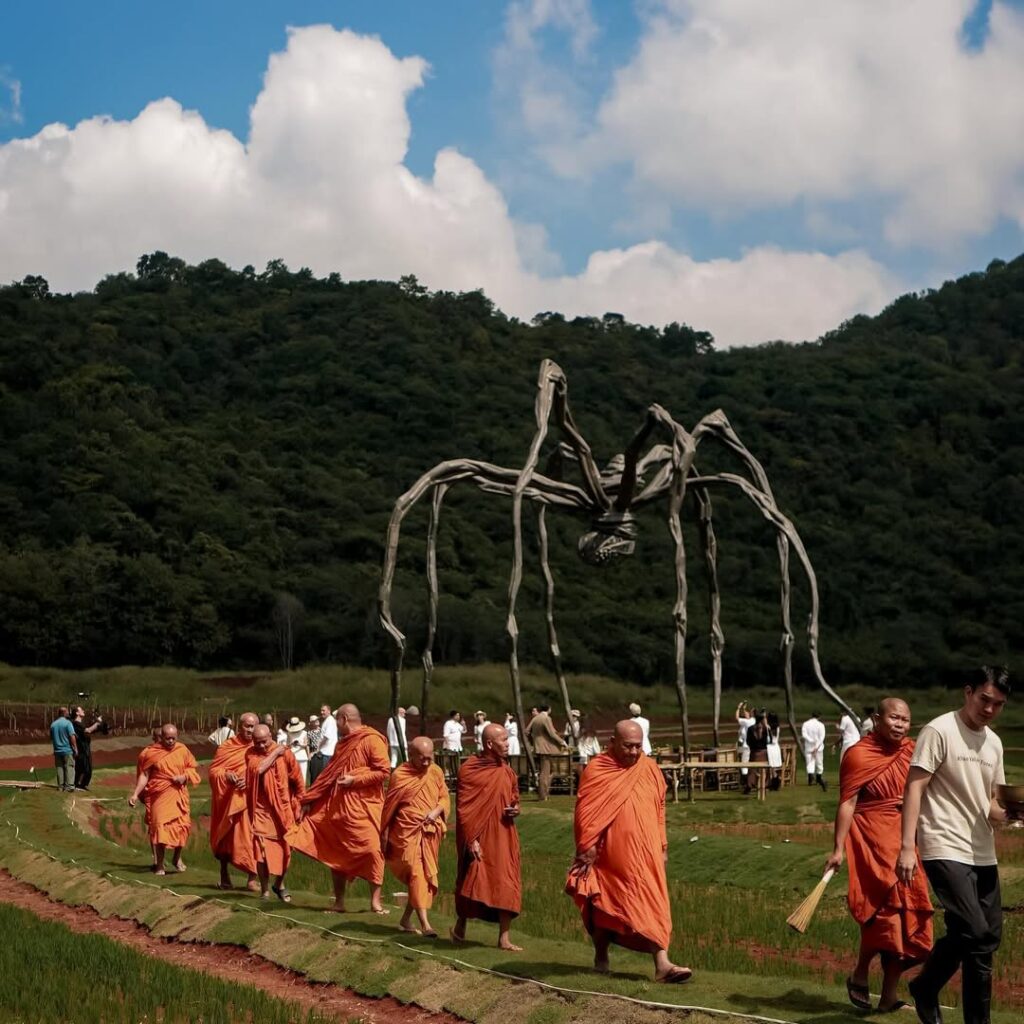
Louise Bourgeois, Maman, 1999-2002, at Khao Yai Art Forest, Thailand, 2024. Source: Khao Yai Art Forest
Louise Bourgeois’ ‘Maman’ in Khao Yai Art Forest, Thailand, highlights the growing globalisation of public art in South Asia. With international artists showcasing their works beyond the Western context, public spaces are transforming into global dialogue platforms. By 2025, we can expect more high-profile international artworks in South Asia. These installations will invite audiences to engage with universal themes and global environmental concerns, creating spaces for cross-cultural exchange, fostering greater understanding and connection.
Guerilla Street Art and Social Movements
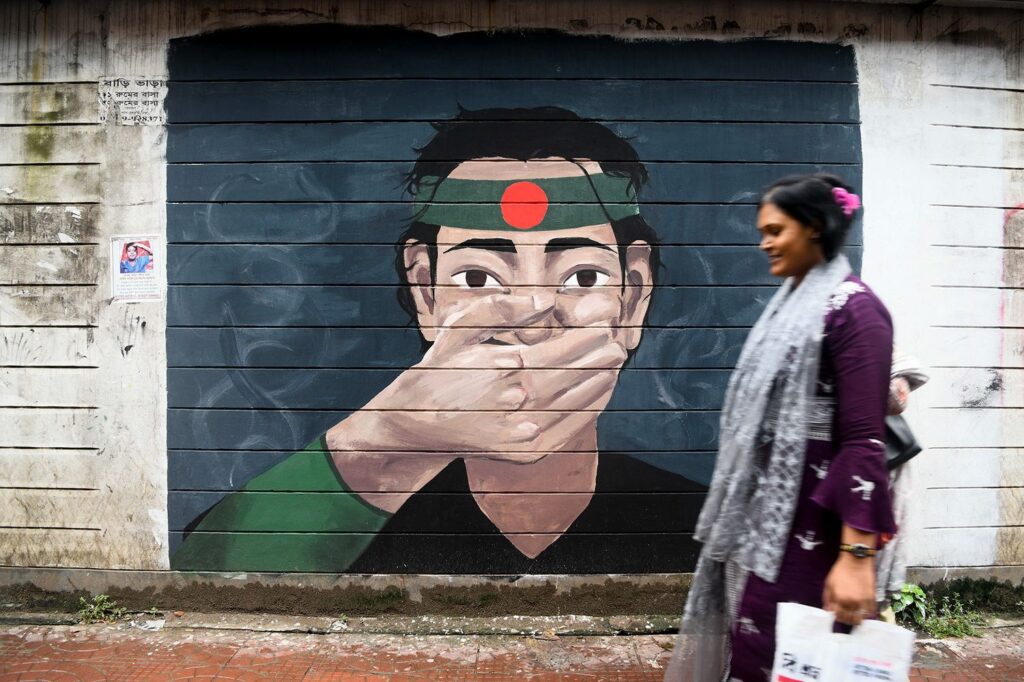
Mural in Bangladesh depicting the struggle for free speech. Source: In These Times.
Across the globe, civil unrest has fueled the rise of guerrilla street art, capturing the frustrations and demands of the people. In Bangladesh, the 2024 Quota Reform Movement turned Dhaka’s streets into canvases of resistance, with students and activists using graffiti and murals to express grief, anger, hope and the collective desire for change. By 2025, such guerrilla art forms will continue to play a central role in the region’s political landscape, giving voice to dissent and catalyzing discussions on justice, equality, and power.
Pop-up Public Art in Non-Traditional Locations
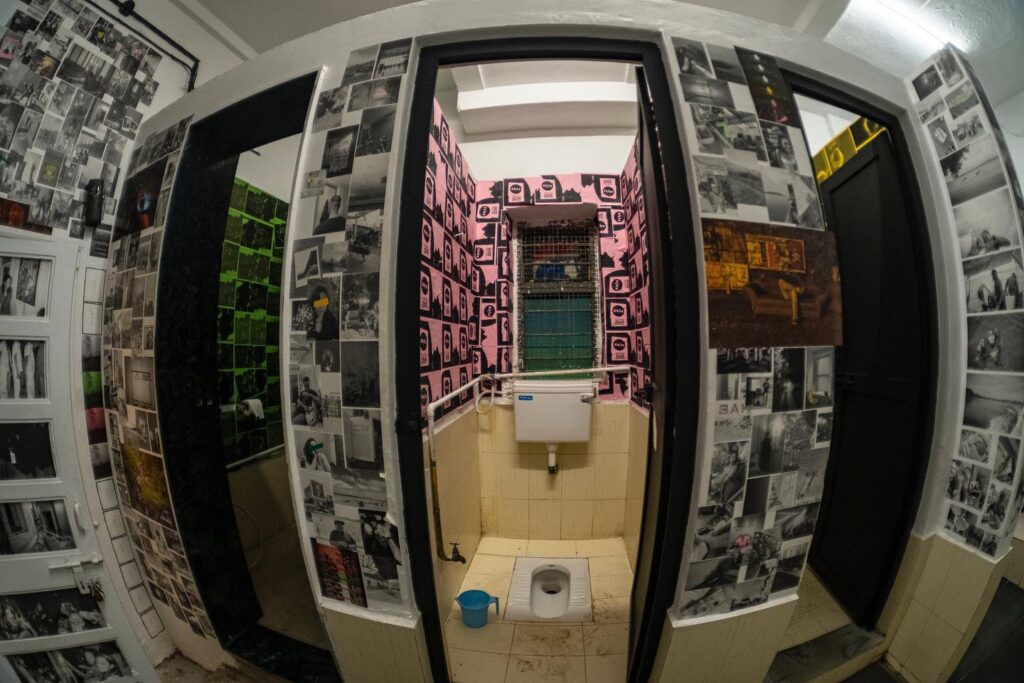
Naman Saraiya and Nikita Rana, ‘This Is A Photo Dump’ at MUAF 2022-2023. Source: St+art India.
The rise of temporary pop-up public art in unexpected spaces is reshaping how we experience creativity in our everyday environments. The Mumbai Urban Art Festival (MUAF) proved this in 2022-23, taking over multiple locations across the city, specifically Sassoon Docks. Here, art seeped into the most unconventional corners—like Nikita Rana’s mixed media installation, ‘This Is A Photo Dump’, transforming a men’s washroom into a site of aesthetic intrigue. In 2025, public art will continue to surprise us, breaking boundaries and integrating seamlessly into non-traditional, everyday spaces.
Community-Centric and Participatory Public Art
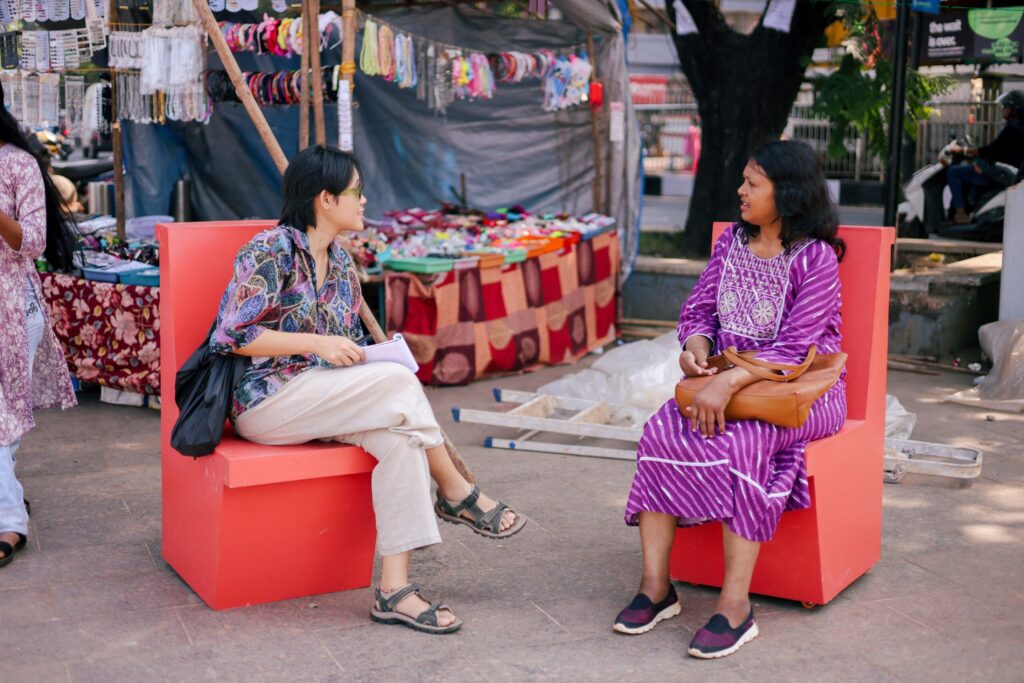
Community interaction from Traveling Balcãos at the Serendipity Festival 2024. Source: ItsGoa.
Public art is becoming less about static displays and more about fostering connections. The Traveling Balcãos at the Serendipity Festival 2024 did just that—inviting locals and visitors to engage with Goa’s evolving identity. Inspired by the traditional Goan balcão, a cozy space for conversation, these mobile installations moved through the city, sparking dialogue on community and belonging. In 2025, expect more projects that amplify local voices and turn public spaces into platforms for shared narratives.
More Digital and Tech-Integrated Public Art
Julian Opie, Coffee, 2021, Continuous computer animation on double sided LED monolith, at Art Mumbai 2024. Source: Sakshi Gallery.
Julian Opie’s interactive walking digital installations, like his Coffee (2021) at Art Mumbai 2024, marked a step forward in integrating technology into public spaces. The computer animation on the LED monolith, showcasing Opie’s distinctive style, brought movement and energy to an otherwise static environment. By 2025, expect this trend to further infiltrate public art platforms in South Asia, as artists explore artificial intelligence (AI), virtual reality (VR), and augmented reality (AR) installations.
Public Art Patronage
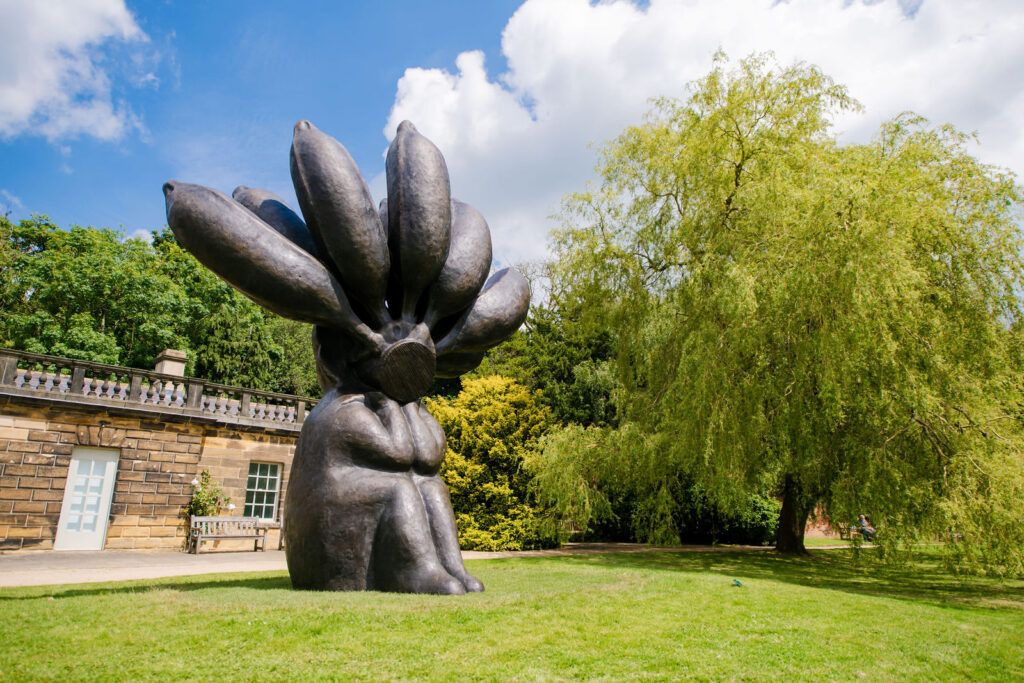
Bharti Kher, Djinn, 2024, Bronze, at Yorkshire Sculpture Park, 2024. Courtesy of RMZ Foundation.
The evolution of public art relies on visionary patrons who enable artists to transform shared spaces. In 2024, the RMZ Foundation set a benchmark by supporting Alicja Kwade at Jaipur Sculpture Park, Bharti Kher and Suhasini Kejriwal at Yorkshire Sculpture Park, Mouna Rebeiz at Art Mumbai, and Vibha Galhotra at Nirox Sculpture Park. Their patronage crossed borders, fostering diverse artistic voices. By 2025, such models of collaboration will inspire more institutions to transform public spaces into platforms for global and local dialogue.
Looking to the Future
Looking ahead, one can only imagine the possibilities of public art in 2025—what if we saw entire neighborhoods become living museums? Imagine VR-powered historical tours woven seamlessly into the fabric of everyday life. Could holographic installations blur the boundaries between physical and virtual spaces? As technology evolves, as will our interaction with public art—taking it beyond the tangible and into the realm of the fantastical.
